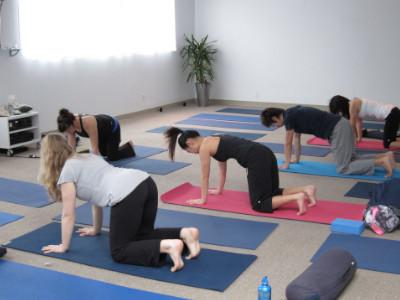
- Published on 27-Apr-2022
- 0 Likes
- 0 Comments
- 256 Times Read
Instituted by a wise person in the fifteenth century in India, Yogi Swatmarama, hatha yoga has long been identified as the stairway to the heights of raja. With that, this yoga classification is the elementary level of physical cleansing in order for the body to be prepared in performing the more advance degree of meditation. This ancient religious practice is composed of two words, ha and tha meaning sun and moon.
This yoga classification points out to nadis, a principle of energy channels, that has to be wholly functional in order for one to achieve a state of samadhi. Samadhi has four impediments namely abhinivesha (fondness of the world), asmita (egoism), avidya (ignorance) and raga- dvesha (all likes and dislikes). In another note, this ancient religious practice treads on similar beliefs with raja including creed observances and moral limitations.
History
A lot of have been associating the origins of hatha yoga with Gorakhnath, a guru in the 10th or 11th century. However, there is an evidence that the oldest complete account of this yoga classification is in the book entitled Pradipika authored by Yogi Swatamarama. If you can obtain a copy, you will discover that the text have been derived from the early Sanskrit language which may be very complicated to translate.
The first ever resource of hatha yoga contains information about mudras, shatkarma, nadis, asana, kriyas, pranayama, bandhas, chakras and kundalini, to enumerate a few. These topics are also covered in institutions that center in this yoga classification such as the one established by Tirumalai Krishnamacharya who taught until his death in the year 1989. His famous students are Pattabhi Jois, B.K.S. Iyengar, T.K.V. Desikachar and Indra Devi.
Concept
The traditional form of hatha yoga looks into the holistic aspect comprising of physical exercises and moral disciplines. Meditation, controlling of the breath and postures are only some of the facets zeroed in by this devanagari classification. When you head to the western coast, this ancient religious practice is dominantly concentrated on the asanas, varied positions of the body in relation to divinity, when performing calisthenics.
As what was mentioned earlier, hatha yoga is closely connected with raja because both yoga classifications tend to the external culture. Both are called as ashtanga which has eight parts namely yama, niyama, asana, pranayama, pratyahara, dharana, dhyana and samadhi. The difference of the two lies in the longer period of reflection while being in a lotus stance (padmanasa) and easy stance (sahajsana), among the others.




0 Comments